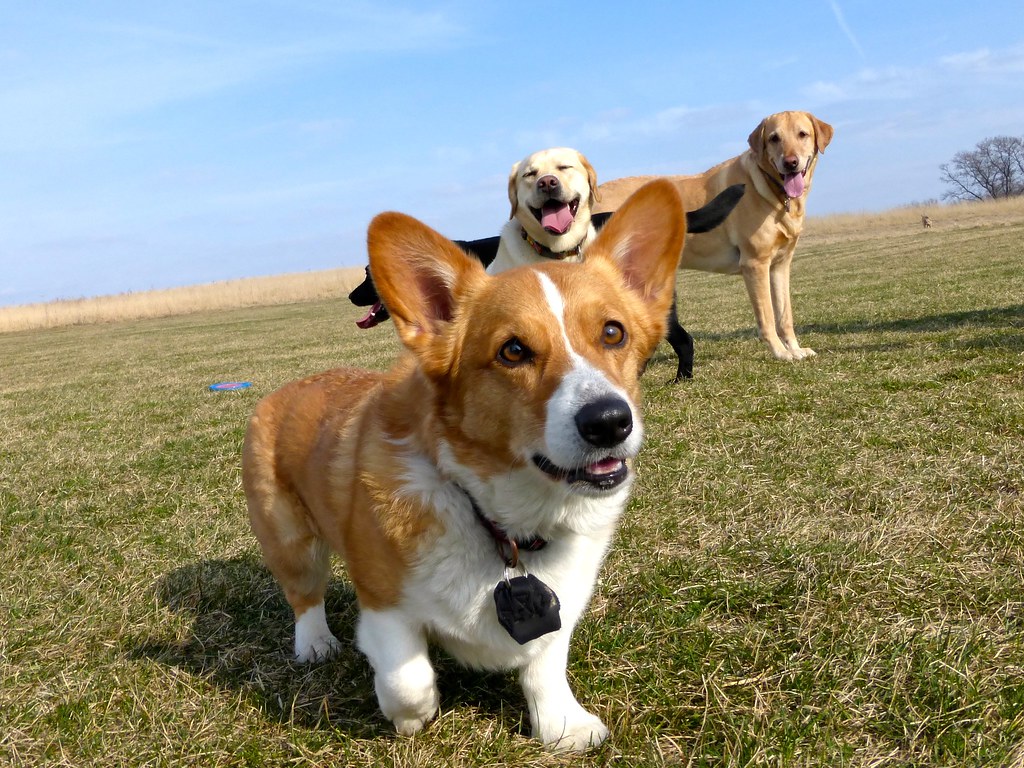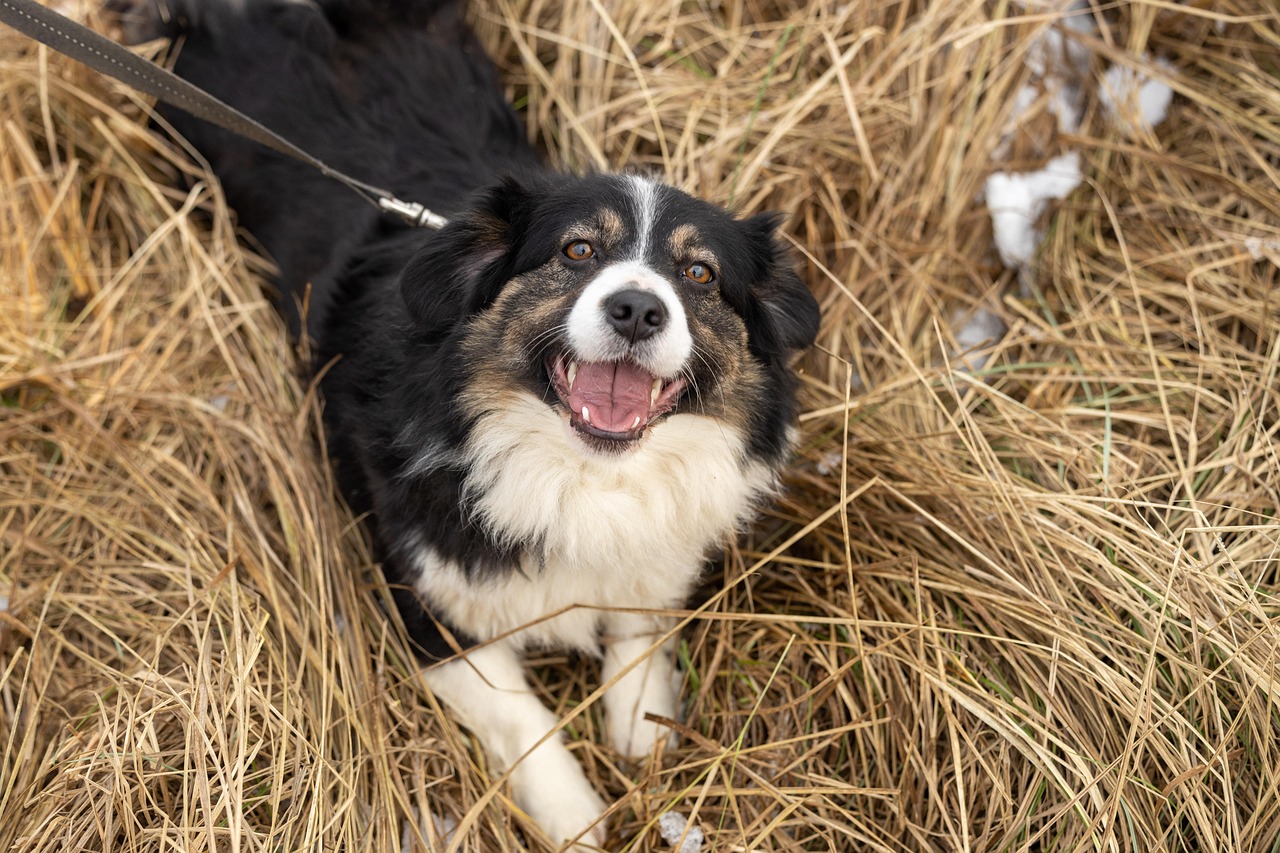Understanding Canine Obesity: Causes, Symptoms, and Prevention
What Causes Canine Obesity?
Understanding the root causes of canine obesity is essential for effective management and prevention. Multiple factors contribute to weight gain in dogs:
- Overfeeding: One of the most prevalent reasons dogs become obese is simply consuming more calories than they burn. Many pet owners may unknowingly overestimate their dog’s caloric needs based on age, size, and activity level.
- Lack of Exercise: Just like humans, dogs require regular physical activity to maintain a healthy weight. A sedentary lifestyle—often brought about by busy schedules or limited access to outdoor space—can lead to significant weight gain over time.
Other contributing factors include genetics and breed predispositions; some breeds, such as Labrador Retrievers and Beagles, are inherently more prone to gaining weight. Additionally:
- Age: As dogs mature, their metabolism tends to slow down, making it easier to pack on extra pounds.
- Medical Conditions: Certain health issues, such as hypothyroidism or Cushing’s disease, can lead to increased body fat. Regular veterinary check-ups can help monitor these conditions.
Recognizing Symptoms of Obesity
Identifying whether your dog is overweight requires keen observation and awareness. Here are some common symptoms to look for:
- Weight Gain: The most obvious indicator is an increase in body weight. Routine weigh-ins can help track changes.
- Difficulty Breathing or Excessive Panting: Overweight dogs often struggle with breathing during normal activities like walking or playing.
Additional signs to watch for include:
- Reduced Energy Levels: If your dog seems lethargic or less enthusiastic about playtime compared to when they were at a healthier weight, it could be a red flag.
- Visible Changes in Body Shape: Ideally, you should see a noticeable waistline when looking at your dog from above. If their waistline is indistinguishable or if you cannot easily feel their ribs without applying pressure, your dog may need to shed some pounds.
Health Risks Associated with Canine Obesity
Obesity poses numerous health risks that can significantly impact your dog’s quality of life. Some major concerns include:
- Joint Problems: Extra weight places additional stress on joints, often leading to arthritis, a painful condition that severely affects mobility.
- Heart Disease: Carrying excess weight increases the risk of developing heart-related conditions, which could shorten your dog’s lifespan.
- Diabetes: Overweight dogs are at a notably higher risk for developing diabetes mellitus—a serious and sometimes life-threatening condition requiring lifelong management.
- Respiratory Issues: Excess fat around the chest can hinder lung function, leading to potentially severe respiratory problems.
Recognizing these risks is vital for pet owners. Understanding how they can affect overall well-being enables proactive steps to be taken early on!
Preventing Canine Obesity
Prevention is the best cure! Here are practical steps every pet owner can take to keep their canine companions at a healthy weight:
Nutrition Management:
- Choose high-quality dog food that is appropriate for your dog’s age, size, and activity level.
- Monitor portion sizes using measuring cups; avoid the practice of free-feeding (leaving food out all day).
- Limit treats: Opt for healthier options like carrots, green beans, or low-calorie dog treats instead!
Regular Exercise:
- Aim for daily walks tailored according to your dog’s breed requirements (some require more exercise than others).
- Engage in interactive playtime sessions with toys that stimulate both mental and physical activity, such as frisbees, balls, or puzzle toys.
Incorporating proper nutrition with regular exercise routines tailored specifically to your dog’s needs will not only help in managing their weight but also enhance their overall quality of life.
Conclusion
Canine obesity isn’t just a matter of appearance; it’s crucial for ensuring our furry friends live long, happy lives free from preventable diseases associated with being overweight. By understanding the causes and symptoms of canine obesity, and actively taking steps to prevent it through thoughtful dietary choices and consistent exercise, we can empower ourselves as responsible pet owners who prioritize the health and well-being of our beloved pets.
Don’t forget, your dog’s health is paramount—always consult with your veterinarian if you’re unsure about any aspect of their care or weight management.
Was this information helpful for you? What steps are you planning to take to ensure your dog maintains a healthy weight? Join the conversation in the comments below, and don’t forget to share this post with fellow pet owners to spread awareness about this crucial topic!
news via inbox
Nulla turp dis cursus. Integer liberos euismod pretium faucibua





